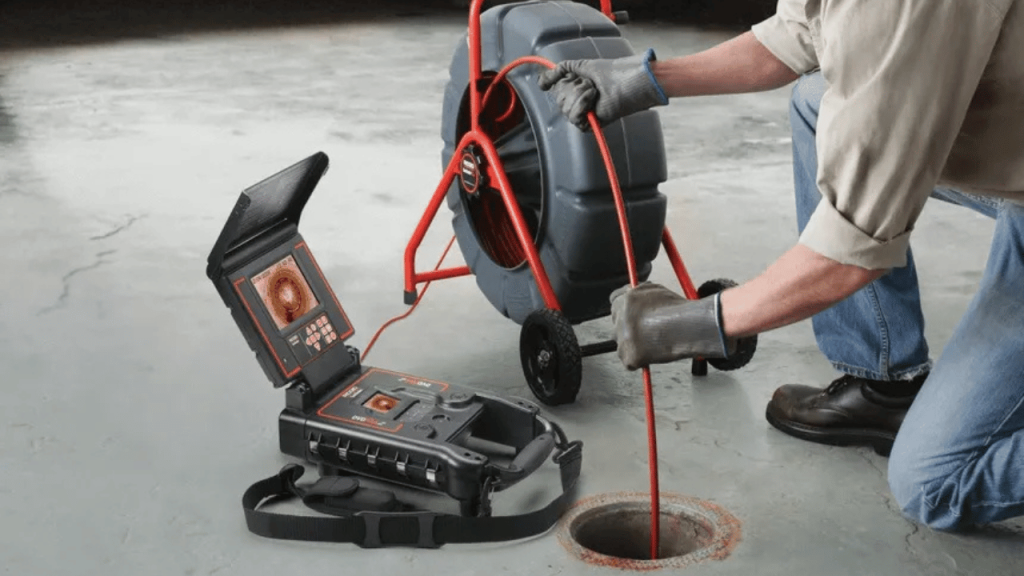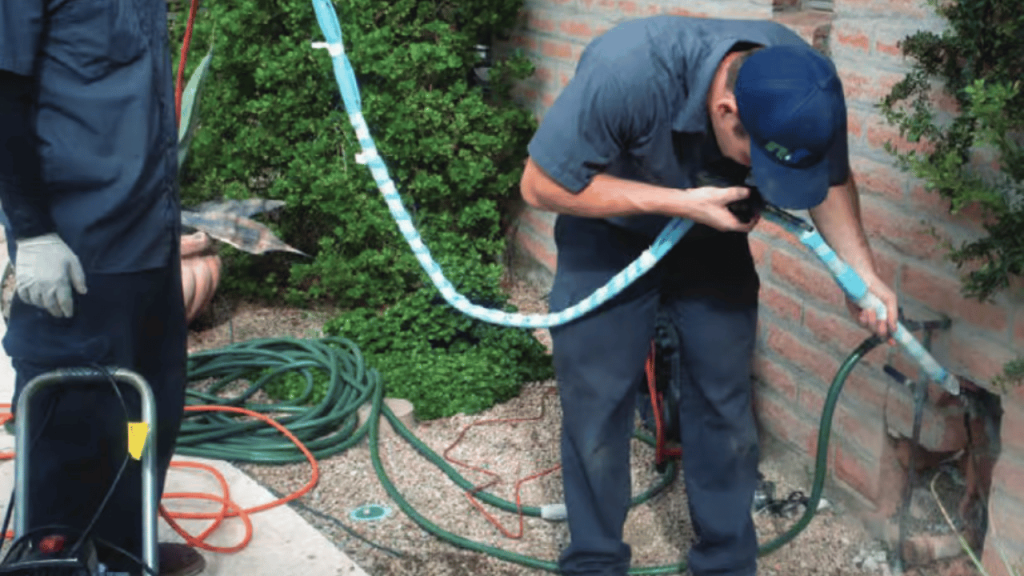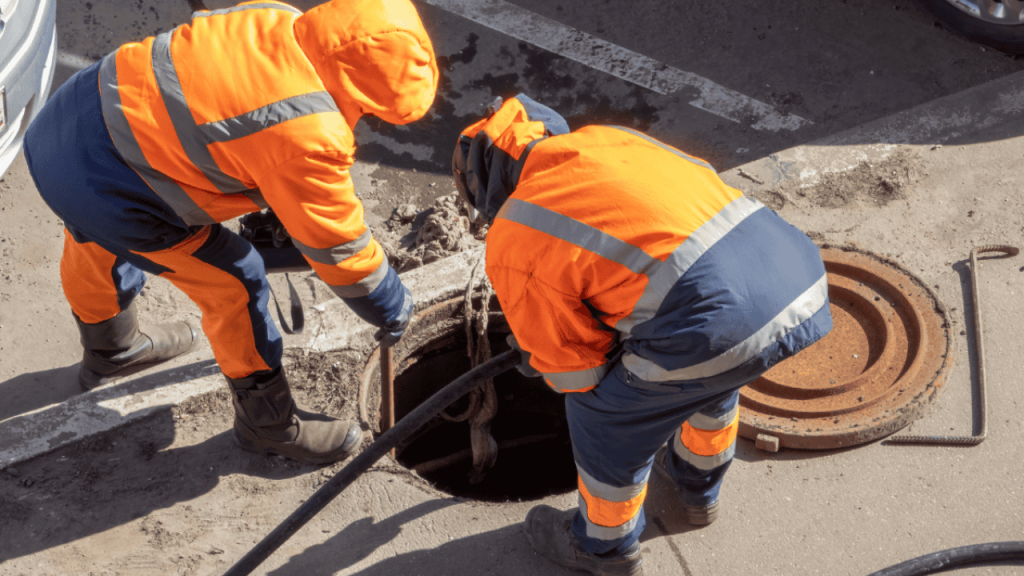If you’ve ever faced the hassle of digging up your yard to replace a damaged pipe, you’ll appreciate the innovation behind Cured-in-Place Pipe (CIPP) lining. CIPP is a modern, trenchless technology that allows for the repair of existing pipelines without the need for digging up large areas of your property. This method involves inserting a resin-saturated liner into the damaged pipe, which is then cured to form a new, durable pipe within the old one.
Originally created in the 1970s, CIPP has become a popular choice for fixing sewer, water, and industrial pipes because it’s quick and doesn’t cause much disruption. Whether you have cracked, leaking, or root-filled pipes, CIPP provides a cheaper and faster solution compared to digging up and replacing pipes the traditional way.
The CIPP Process: How It Works
CIPP lining is a popular method for repairing damaged pipes, but many are unsure about how the process works. It may seem complicated, but by following the right steps, this trenchless repair method becomes an efficient and effective solution. Here’s a breakdown of the CIPP process and how it’s typically done:
1. Initial Inspection

First, a small camera is inserted into the pipe to inspect it for issues like cracks, blockages, or root intrusion. This helps to identify the problem areas before any repairs begin.
2. Cleaning

Next, the inside of the pipe is cleaned using a high-speed rotary chain cleaner to remove debris and buildup. Hydrojetting is then used, blasting high-pressure water to scrub the pipe clean and prepare it for the liner.
3. Preparing the Liner

A flexible liner is cut to fit the entire length of the pipe and soaked in a special resin mixture. The resin helps the liner bond tightly with the pipe once it’s in place, ensuring a strong and durable repair.
4. Liner Installation

The resin-soaked liner is then inserted into the pipe using air or water pressure. This is known as “inversion,” where the pressure pushes the liner into place, sealing any cracks and joints in the pipe.
5. Curing

Once the liner is in place, it is inflated with steam or hot water. The heat activates the resin, causing it to harden and form a solid, durable “new pipe” inside the old one.
6. Post-Installation Inspection

Finally, a camera is sent back into the pipe to check that the new liner is properly cured and that the pipe is fully rehabilitated, ensuring it’s ready to function for years to come.
What are the Key Benefits and Common Issues CIPP Can Fix ?
CIPP lining offer a range of benefits and is great at solving many common pipe problems. Let’s take a look at why it’s such a popular choice for pipe repairs:
- Cost-Effective and Time-Efficient: CIPP is faster and more affordable than replacing pipes the traditional way. It saves both time and money while still getting the job done right.
- Minimizing Disruption with Trenchless Technology: Since CIPP doesn’t involve digging up your yard or street, it’s perfect for repairs that won’t create a mess or disrupt your property.
- Fixes Common Pipe Problems: CIPP is great at handling common issues like root intrusion, pipe damage, cracks, and blockages. It can also fix pipe offsets and structural damage, ensuring a long-lasting, reliable repair.
CIPP Lining vs. Traditional Pipe Replacement: Which Is Right for You?
When faced with pipe issues, homeowners often wonder whether to opt for CIPP lining or traditional pipe replacement. Let’s break down the key differences to help you make an informed decision.
Cost Comparison
- CIPP Lining:The cost of CIPP lining is typically more affordable due to reduced labor and equipment expenses. The trenchless nature of the process minimizes the need for extensive excavation, which leads to savings on landscaping and restoration
- Traditional Replacement: Generally higher upfront costs because of the need for excavation, disposal of old pipes, and restoration of the affected areas.
Time and Labor Involved
- CIPP Lining: Projects are usually completed in a few days, depending on the pipe length and condition. The process is less labor-intensive, requiring fewer workers and equipment.
- Traditional Replacement: Can take several days to weeks, as it involves digging up the old pipe, removing it, and installing a new one. This method is more labor-intensive and time-consuming.
Which Method Is Right for You?
- Choose CIPP Lining: If your pipes have minor to moderate damage and you prefer a quicker, less disruptive solution.
- Opt for Traditional Replacement: If your pipes are severely damaged or collapsed, making them unsuitable for lining.
In summary, CIPP lining offers a cost-effective, efficient, and minimally invasive solution for many pipe issues. However, for severely damaged pipes, traditional replacement may be necessary to ensure long-term reliability.
How CIPP Is Revolutionizing the Industry
Cured-in-Place Pipe (CIPP) technology is changing the way pipe repairs are done. It’s faster, cleaner, and more affordable than traditional pipe replacement methods. Plus, it’s becoming more common across various industries due to its efficiency and minimal disruption.
CIPP’s Growing Popularity Across Industries
More and more industries are turning to CIPP for their pipe repair needs. Whether it’s in municipal services, construction, or industrial applications, CIPP is becoming the go-to solution. It’s popular because it provides an effective repair without needing to dig up roads or disrupt daily activities. This makes it a fast and non-invasive choice.
Innovations and Advancements in CIPP Technology
CIPP technology isn’t standing still – it’s evolving! New curing methods and stronger resin materials are being developed, which make the process faster and repairs more reliable. These innovations are improving the overall quality of the repairs and also extending the lifespan of the pipes, making CIPP a smart, long-term choice for fixing pipe problems.
Conclusion
CIPP is a fast and efficient way to fix pipes with little disruption to your property. Unlike traditional methods, there’s no need for digging, which means quicker repairs and less mess. The strong liner makes your pipes more durable, providing a long-lasting fix.
Choosing CIPP means opting for a smart, cost-effective approach that avoids the need for costly, time-consuming full pipe replacements. At NuFlow DFW, we specialize in delivering high-quality, trenchless solutions that get your pipes back in working order with minimal hassle. Contact us today to find out how CIPP can work for your property!




